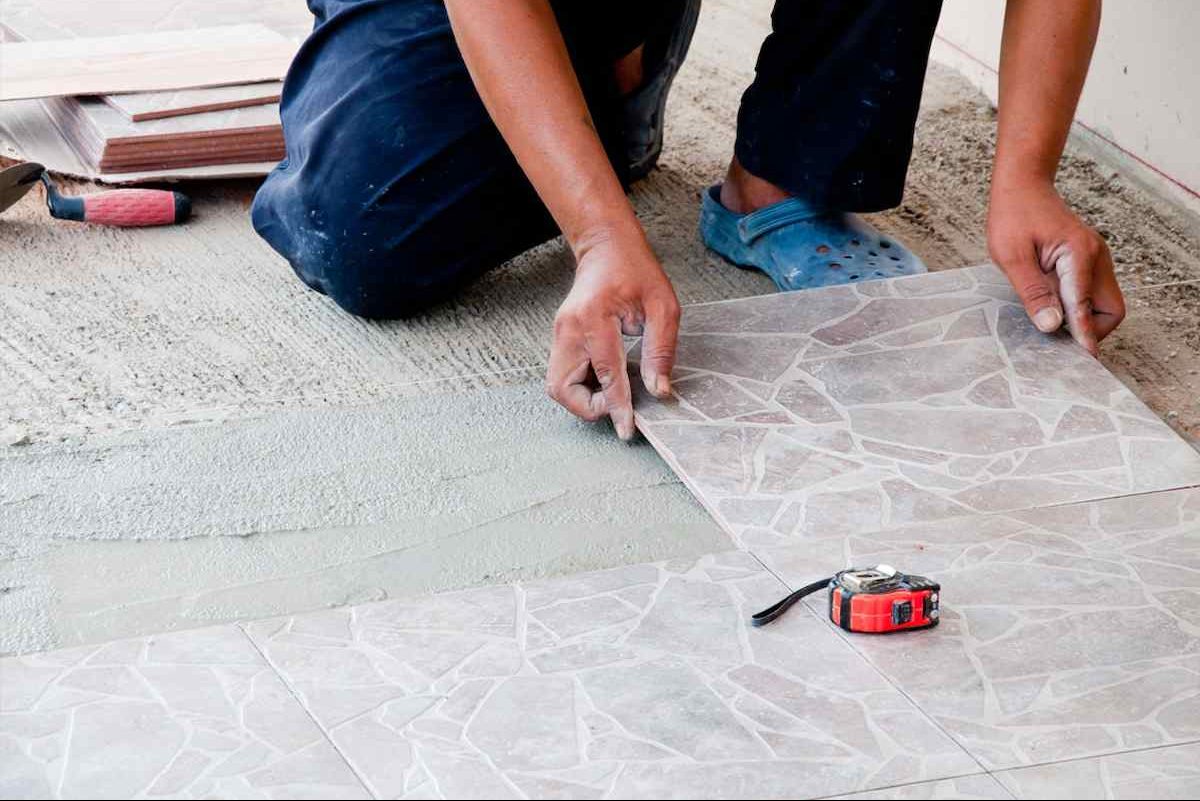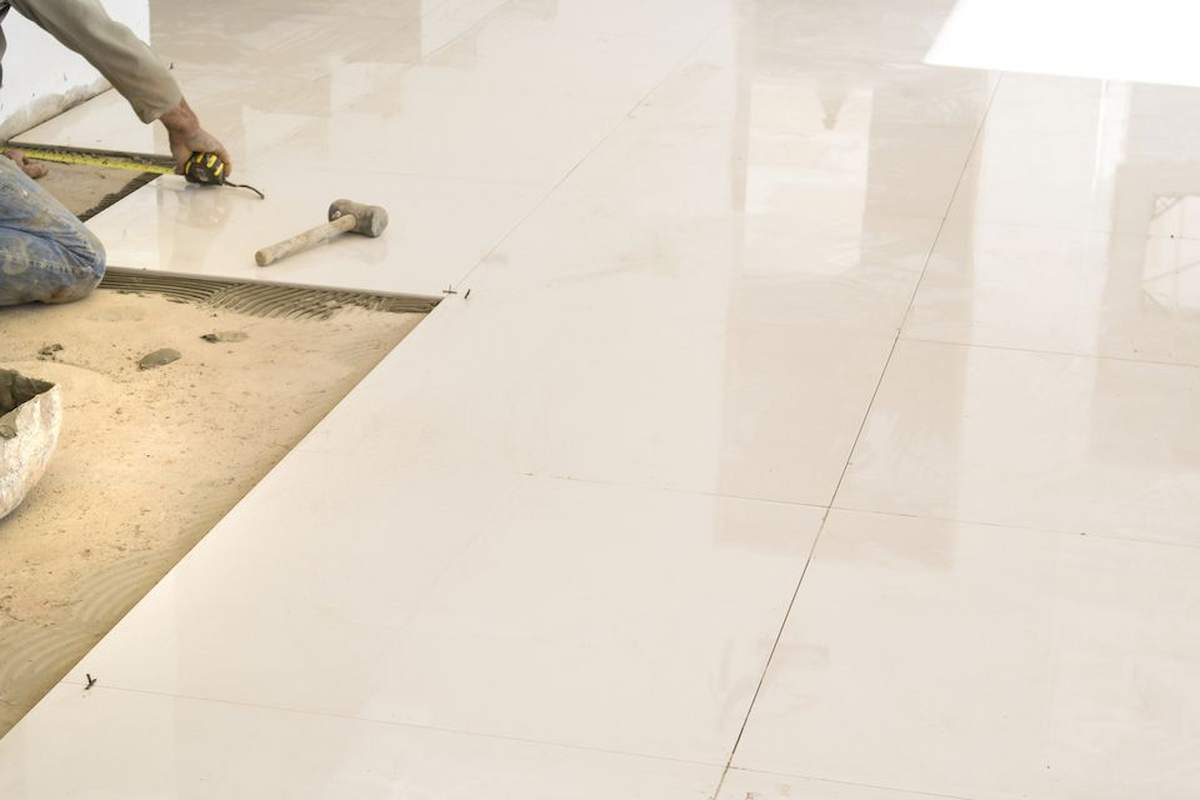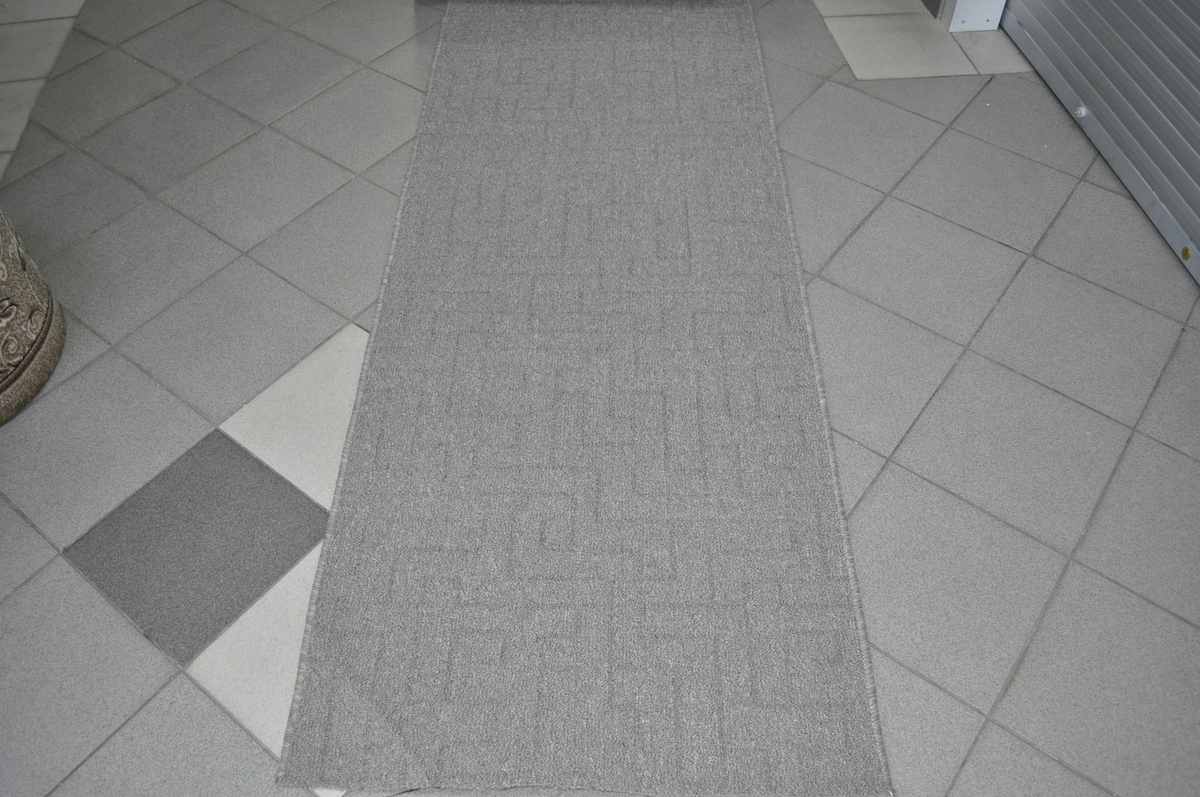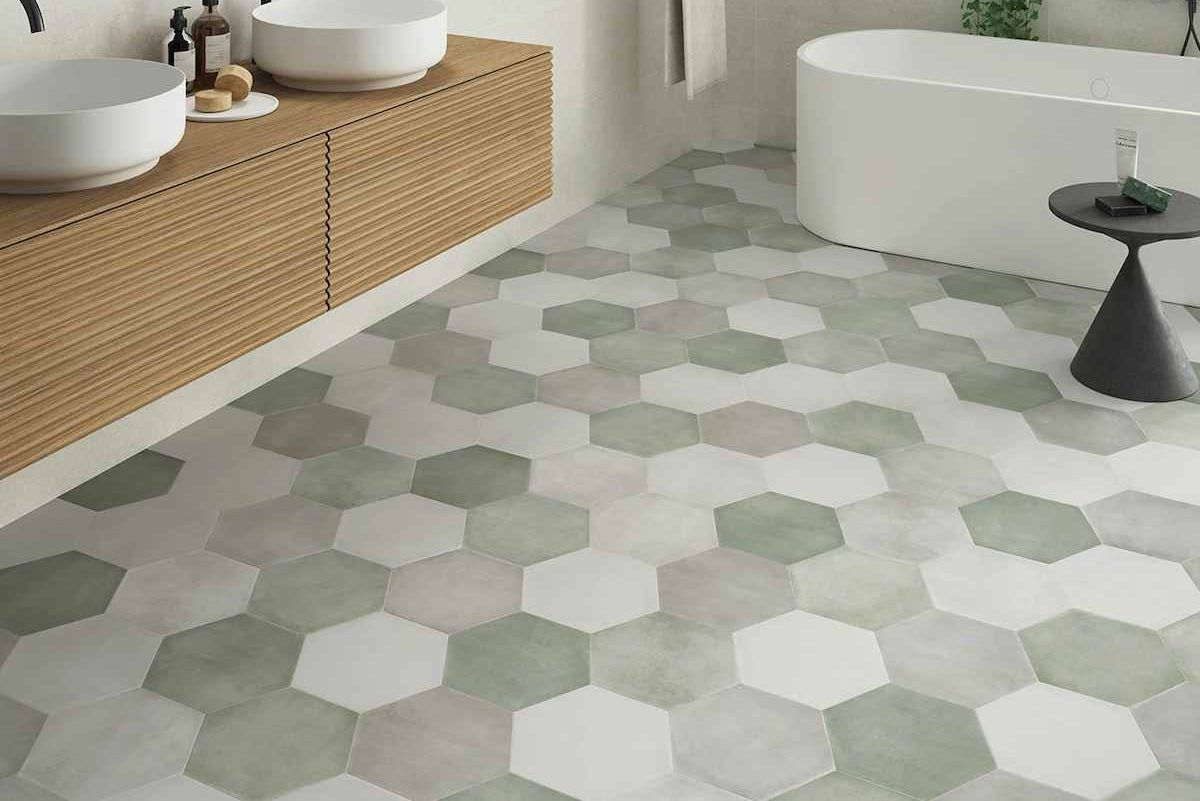For both vitrified and ceramic, anti-skid tiles is a necessity especially if you have a child at home. There are some other convincing reasons for everyone to have a change on their floors. The vast majority of houses do not come pre-fitted with tiles that prevent slipping.
They are increasingly being put in places within houses where there is a risk of residents falling and injuring themselves, and this trend is expected to continue. This is done to ensure even greater safety and comfort.
The following is information that you should know about tiles that prevent slipping, as well as the rationale behind why installing such tiles in your home is a good idea.
What Kind of Tiles Don’t Slip on Wet Floors?
Anti-slip floor tiles are a different variant of porcelain or ceramic floor tiles, which are more commonly used. The typical floor tiles are very slippery, which might lead to serious injuries if someone slips and falls on them.
Tiles that are anti-slip, on the other hand, have a coating that reduces the likelihood of slipping and falling. These tiles function effectively in environments that have a chance of becoming damp or humid, both of which can contribute to the risk of slipping.

What are the materials that go into making them?
Ceramic and porcelain are two materials that are widely used in the production of anti-slip tiles. The design of these tiles took into consideration making them easier to hold onto. The increased traction that they provide will make it less likely that people will slip in the areas where they are put. In addition, tiles designed to prevent slipping can be made from materials that are more robust. These materials will, of course, make it so that there will be fewer chances of accidents occurring.
Can Non-Slip Tiles Be Used in Wet Areas Like the Kitchen and Bathroom?
Yes! In both kitchens and bathrooms, it is very recommended that non-slip tiles be used for any flooring installations. These are the areas in the home that are prone to having accidents involving slipping and falling the most frequently. The vast majority of customers choose to totally renovate either their kitchens or bathrooms by installing tiles that are slip-resistant. Retiling a particular section of the floor, such as a walkway, is an alternative solution.
In What Other Settings Can You Make Use of Anti-Slip Tiles?
Tiles with anti-slip properties are useful in a variety of various spots across the home. For instance, another section of a home that is prone to getting wet on a regular basis is the bathroom. The same problem could occur even when there are no walls or ceilings involved. The vicinity of a swimming pool is yet another common setting in which accidents take place. This is a common consequence of running and also tripping.
In addition, in order to make the process of tiling a safer one, areas that get a lot of rain outside could benefit from having anti-slip tiles laid on them.

This would be done in order to reduce the risk of slips and falls. As a result, it is possible that various areas of the house require the installation of tiles with anti-slip properties.
When not being used for preventing falls, are anti-slip tiles still important?
If someone has fallen in the past and is concerned about the possibility of it happening again, tilers will almost always recommend installing anti-slip tiles as the first step toward achieving this goal.
Anti-slip tiles should be laid in any location that will be utilized by people of any age who have difficulty moving around, including the elderly, children, and people with disabilities affecting mobility.
Tiles with anti-slip properties are something you should consider investing in if you have recently undergone any kind of surgery that restricts your mobility, has a drawn-out recovery period, or has long-term repercussions (such a hip replacement).
What Kind Of Classification Numbers Do Tiles With Anti-Slip Treatment Have?
The following is a list of the tile classification numbers for anti-slip tiles: Nevertheless, what use do they serve?
When selecting tiles, it is important to pay attention to the anti-slip grade of each tile, which is indicated by a number. There are several reasons for this. Because of the grading, you have the peace of mind of knowing that the tiles have been vetted and verified to be risk-free for application.

The greater the number, the better the traction resistance provided by the tiles. To ensure that the tiles you choose for your installation are of the suitable quality and composition for the space in which they will be placed, you should seek the assistance of a trained specialist.
How Do Anti-Slip Coatings Actually Prevent Slipping?
If you have researched anti-slip tiles in the past, you have most likely been familiar with the use of anti-slip coatings as an alternative to tiles. The option that is slightly less expensive is frequently selected by customers as an alternative to retiling.
The tiles already present in the house could have an anti-slip coating applied to them as an alternative method that promises to achieve the same result. But you shouldn’t put too much stock in these coatings just yet. Because of this, anti-slip tiles are recommended in place of coatings.
Rather than coatings, anti-slip tiles provide a number of advantages.
Even if you believe that coatings could be a more cost-effective option, you should always choose tiles if you have the option. Coatings are rarely a better alternative, and they may even involve more labor, than simply replacing the entire floor with anti-slip tiles. This is because coatings have to be applied carefully and evenly.
Coatings do not offer the required level of anti-slip protection, and they have not been graded in a manner that is comparable to that of anti-slip tiles.
In locations with a high volume of foot traffic, the coating has a greater chance of wearing away, and you might not notice this until after an accident has taken place.

Installing anti-slip tiles from the start, as opposed to coatings, ensures a clean finish, a new floor, and a reduced danger of slip-and-fall accidents in your region.
Anti-slip vitrified tiles’ beneficial capabilities and characteristics
A wide variety of tiling materials, including granite, ceramic, marble, slate, faux wood, and so on, are utilized across the board. However, how safe are these tiles to use?
It is impossible to ignore the downsides of these abstract tiles, most notably their propensity to be slippery, despite the fact that their beauty cannot be denied.
When it comes to flooring options, anti-skid vitrified tiles are your best bet in this scenario. These tiles have a floor layer that prevents skidding even on surfaces that are wet and soapy.
Because of this, there is no possibility of slipping. Because they are resistant to stains and grazing, the anti-skid vitrified tiles are also great for use outside. This attribute gives the designs an enduring and classic sense of quality.
The anti-skid vitrified tiles can be purchased in a wide range of colors, including brown, white, off-white, and cream, in addition to a selection of sizes and surface textures to choose from.
In addition to being used on floors, these tiles can also be applied to walls.
The use of anti-slip vitrified tiles provides the user with the following top five benefits:
To avoid accidents:
Accidents are more likely to happen to people while they are walking on smooth surfaces like ceramic tiles.

Because the surface of these tiles is smooth, any liquid that comes into contact with them causes them to become slippery and poses a risk to anyone in the immediate vicinity. The elderly members of the family should avoid walking on regular tiles because of the risk of falling.
Tiles made of vitrified material that are resistant to moisture also have anti-skid qualities. This indicates that even when the tiles are wet, they do not present a slipping hazard.
Lessen the resistance: Because the surface of the anti-skid vitrified tiles is porous, it is able to capture various liquids within the minute dips that are found on its slightly jagged surface.
This, in turn, reduces the amount of friction that is experienced. It makes them simple to walk on and significantly reduces the likelihood that they may slip.
little upkeep
Anti-slip vitrified tiles have a resistance to water as well as stains, which is a feature. When compared to ceramic tiles, they are far easier to maintain and clean than these.
Durability superior to that of other tiles: Anti-slip vitrified tiles have a longer lifespan than other types of ceramic tiles because they are thicker and more resistant to stains and water than other ceramic tiles.
The tiles’ sheen has remained unchanged throughout the course of time, and the weathering process has proceeded at a glacial pace as a direct result of their durability. They are also resistant to being scratched easily.
Simple to install: The setting time for these tiles is minimal, thus the installation process only takes a short amount of time. They do not require a floor coating to keep them from sliding about.
It just takes forty-eight hours if it is done by an expert. Before you are even aware of it, the area has been prepared and is now ready for usage.
You might also have an anti-slip floor coating applied to your floors to completely eliminate the possibility of any mishaps occurring.
Walking on a surface that is oily or slippery is fraught with danger. As a result, it is essential to exercise caution when selecting anti-skid vitrified tiles.
In order to benefit from an up-to-date list of stylish tiles with diverse colors and patterns, do not hesitate to press the con box. We will be glad to work with wholesalers and importers around the world.












Your comment submitted.